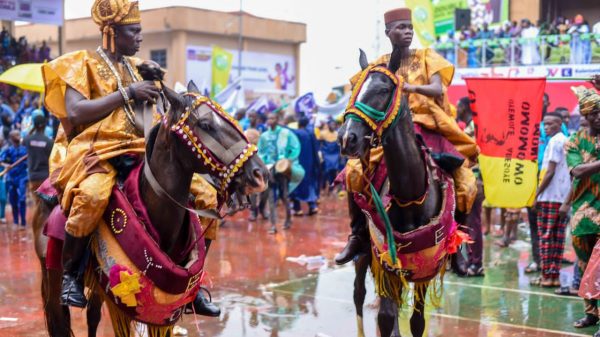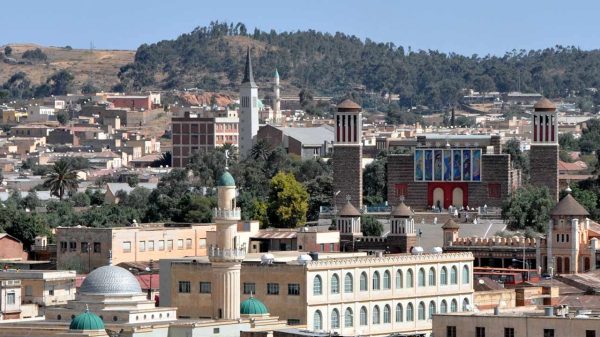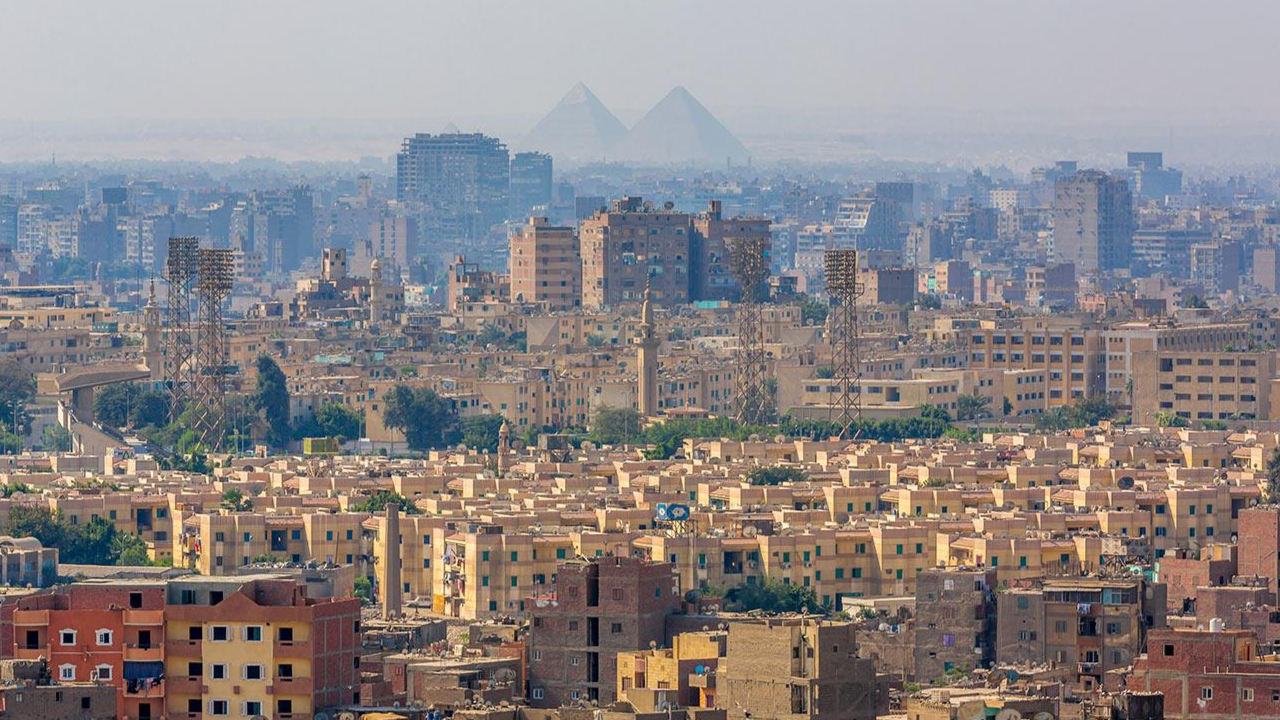Egypt, a land where ancient wonders meet modern marvels, captivates with its timeless allure.
Home to the iconic Pyramids of Giza and the enigmatic Sphinx, it boasts humanity’s oldest stone monument. The life-giving Nile nurtured one of history’s greatest civilizations, while hieroglyphs and the Rosetta Stone unlocked secrets of a bygone era. From Cleopatra’s legendary reign to sacred cats and mummification rituals, Egypt’s cultural tapestry is rich with intrigue. Pioneers of the 365-day calendar and builders of the Aswan High Dam, its legacy spans millennia. Discover nine fascinating facets of this cradle of civilization, where myth and innovation intertwine.
1. The Great Pyramid’s Record Reign
The Great Pyramid of Giza, constructed around 2560 BCE as a tomb for Pharaoh Khufu, stands as a monumental testament to ancient engineering prowess. Originally reaching a height of 146.6 meters (481 feet), it remained the tallest human-made structure for over 3,800 years. The pyramid’s base spans approximately 230.4 meters (755.9 feet) on each side, covering an area of about 5.3 hectares (13 acres). Comprising an estimated 2.3 million stone blocks, each weighing between 2.5 to 15 tons, the precision of its construction is remarkable. The sides of the base are closely aligned to the four cardinal points, deviating by a mere 3 minutes and 38 seconds of arc, showcasing the Egyptians’ advanced understanding of astronomy and geography.
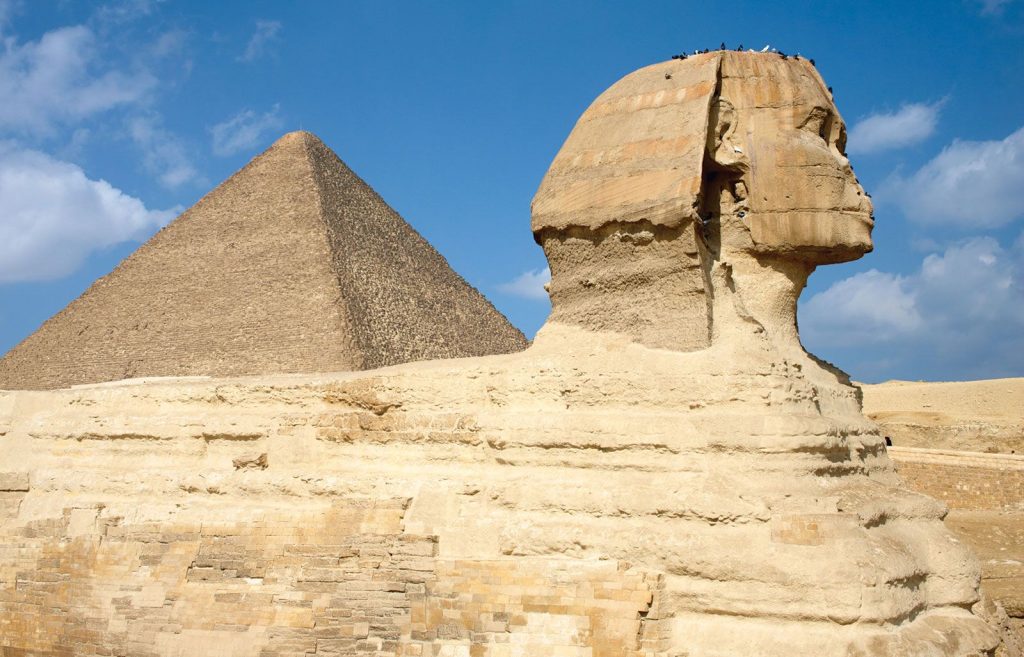
2. Lifeblood of the Nile
The Nile River, stretching approximately 6,650 kilometers (4,130 miles), is often regarded as the world’s longest river. Its annual inundation deposited nutrient-rich silt along its banks, transforming arid landscapes into fertile grounds that supported ancient Egypt’s agriculture-based economy. This predictable flooding allowed for the cultivation of staple crops like wheat and barley, sustaining a civilization that thrived in an otherwise desert environment. The Nile also served as a vital transportation route, facilitating trade and cultural exchange. The Egyptians revered the river as sacred, associating it with deities such as Hapy, the god of flooding and fertility, and Osiris, symbolizing life after death.
3. Hieroglyphs and the Rosetta Stone
Ancient Egyptian hieroglyphs, a complex system of writing combining logographic and alphabetic elements, were used for over 3,500 years. The meaning of these symbols was lost until the discovery of the Rosetta Stone in 1799. This granodiorite stele, dating to 196 BCE, is inscribed with the same text in three scripts: Greek, Demotic, and hieroglyphic. The Greek inscription provided the key for Jean-François Champollion to decipher the hieroglyphs in 1822, unlocking vast knowledge about ancient Egyptian language, culture, and history. The Rosetta Stone remains one of the most significant archaeological finds, bridging the gap between ancient and modern understanding.
4. The Enigmatic Sphinx
The Great Sphinx of Giza, a colossal limestone statue with the body of a lion and the head of a human, measures approximately 73 meters (240 feet) in length and 20 meters (66 feet) in height. Believed to have been constructed during the reign of Pharaoh Khafre around 2500 BCE, its exact purpose and the identity of its face remain subjects of debate among scholars. The Sphinx faces east, aligning with the rising sun, which may indicate a connection to solar worship. Over millennia, it has endured erosion and damage, including the loss of its nose, yet it continues to captivate as a symbol of mystery and endurance.
5. Cleopatra’s Enduring Legacy
Cleopatra VII Philopator, born in 69 BCE, was the last active ruler of the Ptolemaic Kingdom of Egypt. Of Macedonian Greek descent, she was a member of the dynasty established by Ptolemy I Soter, a general under Alexander the Great. Renowned for her intelligence and political acumen, Cleopatra spoke multiple languages and engaged in strategic alliances with Roman leaders Julius Caesar and Mark Antony. Her reign was marked by efforts to restore Egypt’s glory and independence amid the expanding power of Rome. Cleopatra’s life and tragic demise in 30 BCE have inspired countless works of art and literature, cementing her legacy as an iconic figure of intrigue and romance.
6. Mummification Mastery
Mummification in ancient Egypt was an elaborate process aimed at preserving the body for the afterlife. Over approximately 70 days, embalmers removed internal organs, which were often placed in canopic jars, dehydrated the body using natron salt, and wrapped it meticulously in linen bandages. This practice reflected the Egyptians’ belief in life after death and the importance of maintaining the body’s integrity for the soul’s journey. The quality of mummification varied according to the deceased’s social status, with pharaohs and nobility receiving the most sophisticated treatments. Numerous mummies have been discovered, providing invaluable insights into ancient Egyptian culture, health, and mortuary practices.
7. Pioneers of the Calendar
The ancient Egyptians developed one of the earliest known calendars, dividing the year into 365 days with 12 months of 30 days each, plus an additional five epagomenal days. This solar calendar was closely tied to the annual flooding of the Nile, which was crucial for agriculture. The calendar’s accuracy influenced subsequent timekeeping systems, including the Julian and Gregorian calendars used today. The Egyptians’ ability to predict the Nile’s inundation and plan agricultural activities accordingly was a testament to their advanced understanding of astronomy and time.
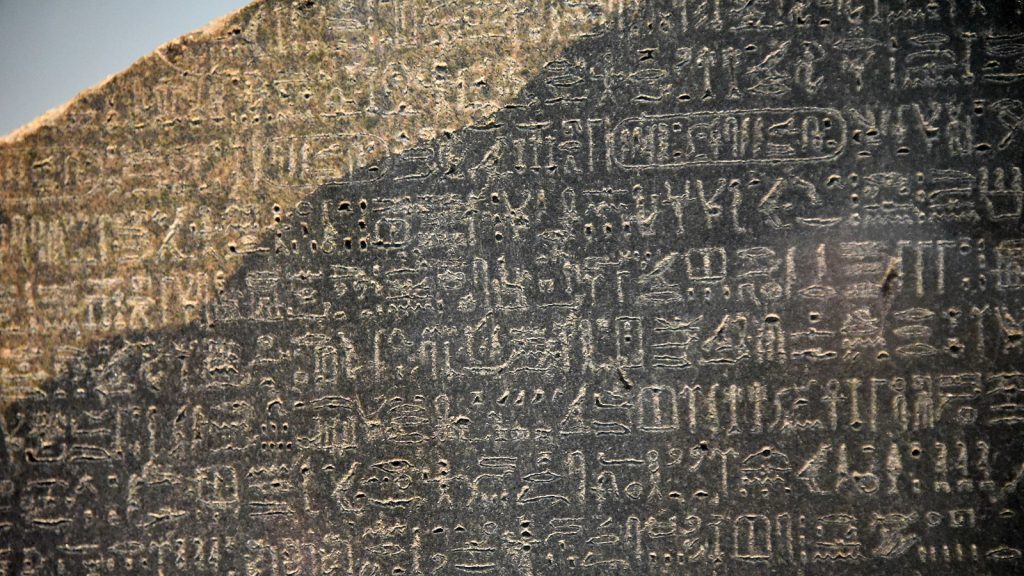
8. Modern Engineering Marvels
Egypt’s engineering feats extend beyond antiquity into modern times with projects like the Suez Canal and the Aswan High Dam. The Suez Canal, opened in 1869, is a 193-kilometer (120-mile) artificial waterway connecting the Mediterranean Sea to the Red Sea, significantly reducing maritime travel distances between Europe and Asia. The Aswan High Dam, completed in 1970, stands at 111 meters (364 feet) tall and stretches 3,830 meters (12,565 feet) across. It controls the Nile’s flooding, provides hydroelectric power, and created Lake Nasser, one of the world’s largest reservoirs.
9. Cats in Ancient Egypt: Sacred and Beloved
In ancient Egypt, cats were revered and associated with the goddess Bastet, deity of home, fertility, and protection. Killing a cat, even accidentally, was a grave offense, often punishable by death. Families mourned their feline companions by shaving their eyebrows and entombing them in elaborate coffins. Archaeological discoveries have unearthed vast cemeteries with mummified cats, highlighting their esteemed status in Egyptian society and their role as both protectors and symbols of divine grace.
Subscribe to our Newsletter
Stay updated with the latest trends in African Pop Culture!



